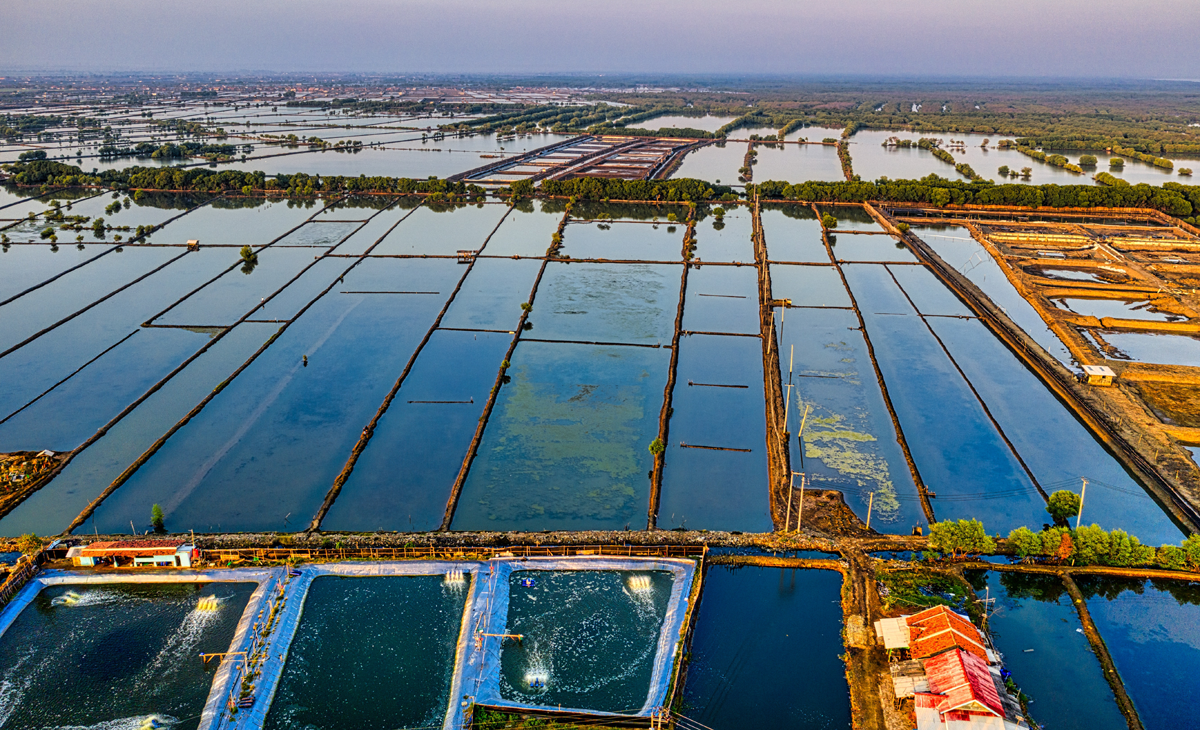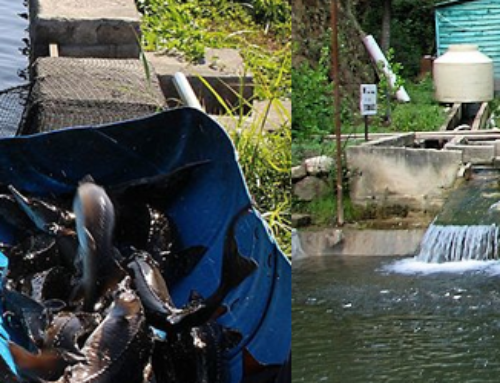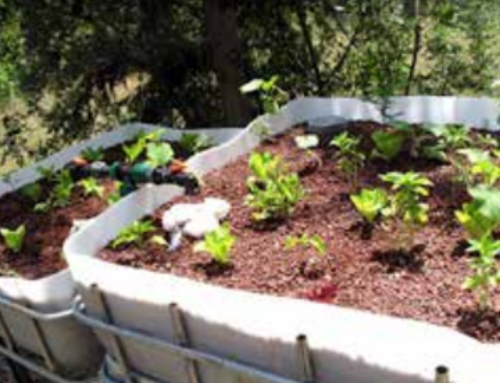Aquaculture is a young and fast-growing sector with complex environmental, social and economic impacts. Quantitative assessment and monitoring of the aquaculture sector performance is essential to evidence-based policy making and sector management.
Aquaculture, probably the fastest growing food-producing sector, now accounts for nearly 50 percent of the world’s food fish.
World per capita fish consumption increased from 12.6 kg in the early 1970s to 14.2 kg in the early 1990s and 19.8 kg in the early 2010s. Fish consumption for countries vary greatly, ranging from less than 1 kg per capita per year in some inland countries to over 100 kg per capita per year in some island economies.
Fish accounted for 15.6 percent of global animal protein intake in the early 1970s. The ratio declined slightly to 15.1 percent in the early 1990s and bounced back to 16.3 percent in the early 2010s. The fish share in the early 2010s is higher than poultry meat (16.1 percent), pig meat (14.5 percent), bovine meat (11.0 percent), and mutton & goat meat (2.2 percent).
The world aquaculture production following its recent trend would grow 4.5 percent annually from
the mid-2010s to the early 2020s, it would take a 9.9 percent annual growth to fill the world
fish demand-supply gap in the early 2020s. Should the world aquaculture production fall short of the required annual growth rate, the world fish price would have to increase to reduce fish demand to clear the market.
- The Basic Knowledge: The need to have at least the basic knowledge of any business you want to venture can never be over emphasized. Never invest a dime to setup a fish farm without first investing time to learn the fundamentals of fish farming (how the fishes feed and reproduce, their favourite habitat, common diseases that affect them, etc).
- You Need a Land to Use: Before going into the fish farming business, you need to acquire or lease at least a full or half plot of land in a good location. The land should also be accessible by road. As soon as the land is available, you can start allocating for each task. There should also be a decent space for the farmhouse ponds, and a good location for drainage facility.
- Reliable Water Supply Source: To operate your fish farm efficiently you may need, overhead tanks, borehole, access to river depending on the kind of fish you are faming. You must ensure that there is a constant supply of water daily as the fishes need it. The water system must not fail even if it means you backing it up with a reliable water facility.
- Pond Construction: Don’t try to fix the pond yourself. You need the service of a consultant. Without a well-constructed pond, your business won’t be able to stand the test of time; and you may end up spending more in the LONG RUN! You may choose to go for a plastic pond tank to save cost, or you can opt for building the concrete ponds.
- The Breeding Stage: Before you venture into fish farming, you need to get a hold of the fingerlings and know the price. They can be obtained mainly through hormonal induction or artificial production, but if you prefer producing your own fertilized eggs, you may have to make use of the homoplastic gland suspension.
- Feeding Methods: You must ensure your feeds contain essential nutrients. The best type of meal to go for is fishmeal; but due to its high cost, it Is advisable not to go for it (that is if you are just starting out on a low budget); instead, you can use other conventional means such as Soya bean cake, groundnut cake or plant residue (the feed recipe demands on type of fish you are faming).
HOW DO I START A FISH FARM?
Whether you’re planning to start a small-scale fish farming or a gigantic commercial fish farming, follow these 9 steps to get started.
- Get a good location for your farm
- Get a good source of water
- Choose the appropriate fishpond
- Decide the right species of fish for you
- Get healthy fingerling or juveniles
- Understand fish feeds & feeding
- Start Marketing your fish before they grow-up
- Be business minded
- Get good and practical fish farming training
CHALLENGES OF STARTING A FISH FARMING BUSINESS
Fish farming is a very lucrative business and a profit maker all year round. The reason for its profitability can be attributed to the fact that it is a food, and it is always in demand. In fact, the demand for fish is growing every year.
However, there are certain challenges commercial fish farming entrepreneurs face worldwide and these challenges are also peculiar to all branches of fish farming like Tilapia fish farming, Catfish farming, etc. So regardless of whether you are in Ghana, India, Pakistan, Canada, USA, South Africa, etc; you will surely find this information useful.
HOW RISKY IS FISH FARMING BUSINESS?
Just as disease could break into poultry farm and destroy a whole farm, so can there be a major outbreak that could lead to great loss in a fish farm. However, this is not a good reason to run away from fishery business. In fish farming, possible risks encountered can be categorized into Pure risks and Business risks. Pure risks are those that arise due to unexpected circumstances. Business risks are those directly affecting the fish production process, and the commercial business of fish farming.
RETURN ON INVESTMENT?
Just like poultry chickens, fish grows very fast and can be sold within six-eight months.
Though there are many websites with good information about fish farming, the price of a table size fish cannot be determined by anything you’ll read online, this is purely local issue, check your fish market and fish farms to get good idea of the prices. Also, you have to check if there is any seasonality factor in the prices. The cost of fish and any other product depends on your market location and market forces (demand and supply, festive season, government policy, etc.) and not predictable.
That’s why I encourage you to go out and make research about your intending market and costs… in your environment.
FISH FARMING EQUIPMENT
Whether you’re thinking of small-scale fish farm or a large commercial fish business, the following are the basic equipment you’ll need to start your own fish farming business.
- (Concrete, earthen or tank)
- Good Water. (a good and reliable water for your fish)
- Fish Feed. (Fish will eat different kinds of feed at different stages of their lives.)
- Fish Net. (This is used for harvesting fish.)
- Labour Force.
- Weight, Bows etc.







